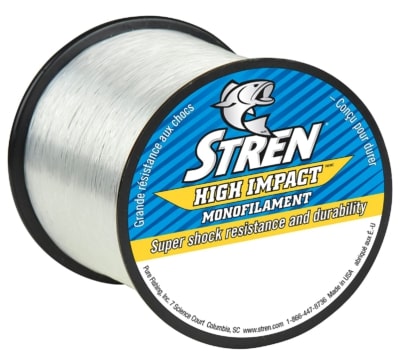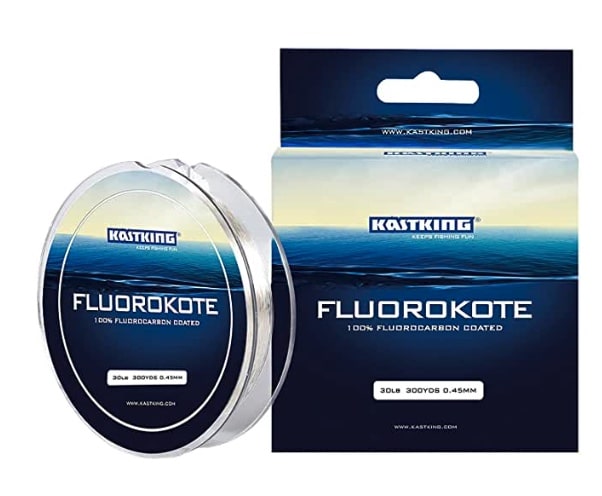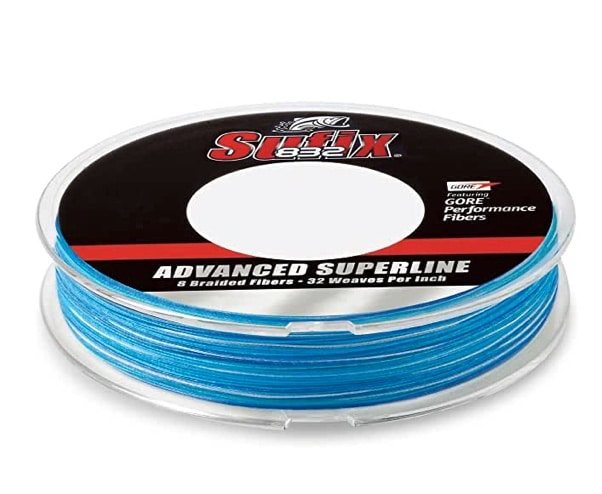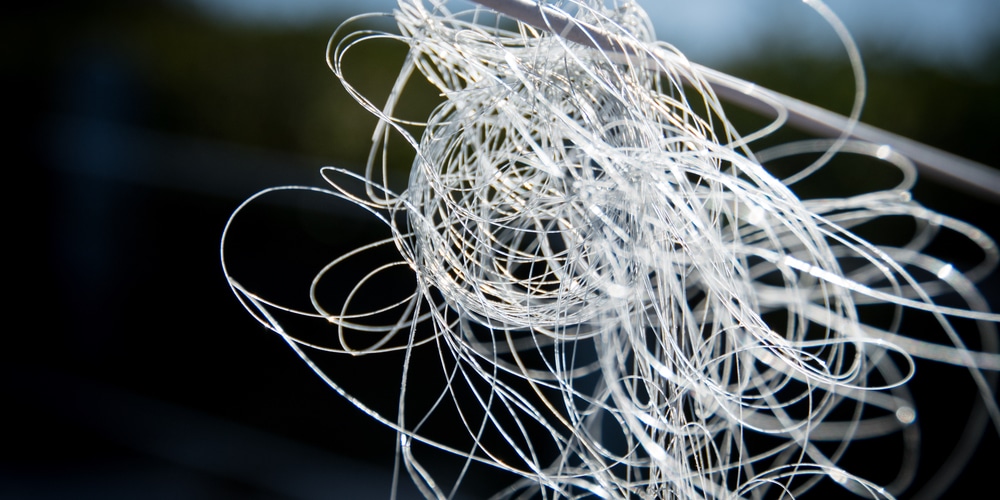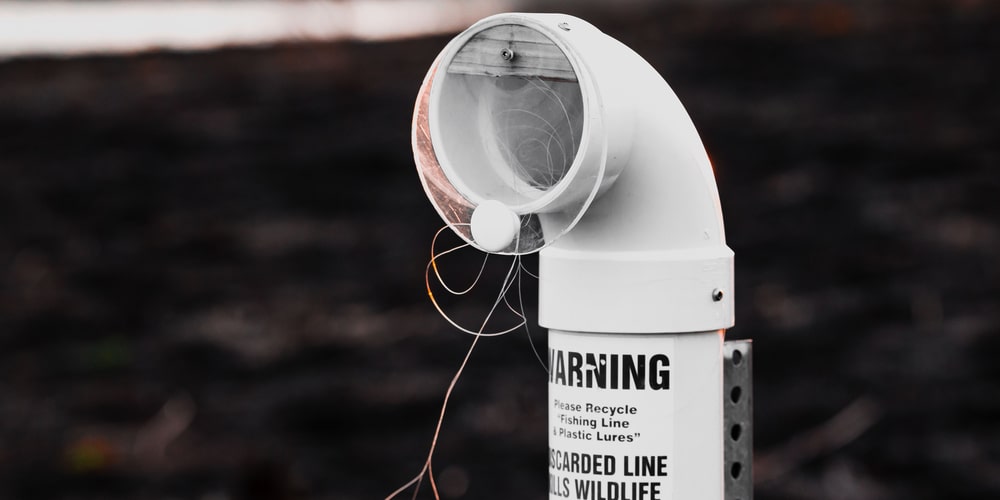Are you planning a fishing trip and wondering whether your line is still ok to use? Perhaps you’ve got some fishing line you’ve had for a while, but don’t know whether it has gone bad? This article will cover when does fishing line goes bad and will help you decide whether or not you need to buy new line for your next fishing trip.
There are a few different types of fishing lines on the market, and how long it lasts will depend on several factors. In general, fishing line does go bad just like any man-made product. Fishing line that’s been sitting around for a while gathering dust is likely to become less effective. It may become brittle or lose elasticity, making it likely to snap.
The Lifespan of Fishing Line
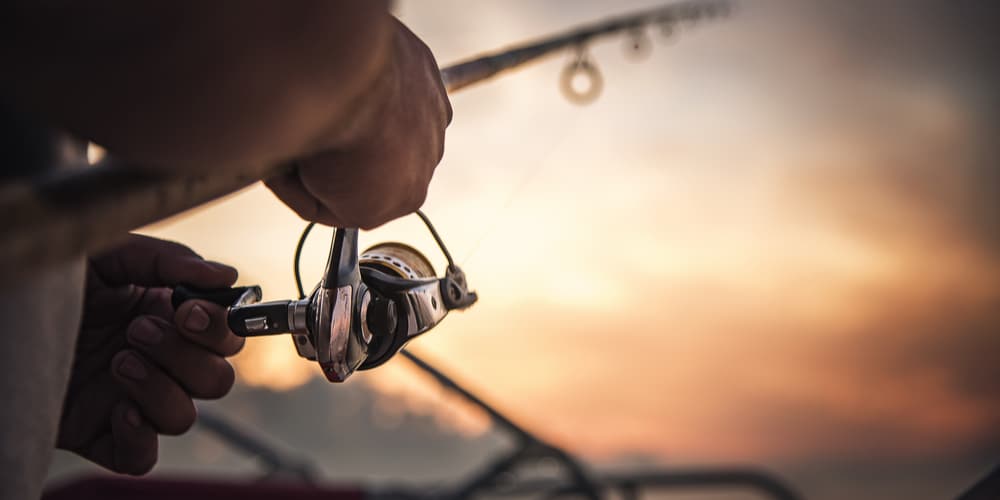
Unlike food, there is no expiration date for fishing Line. You won’t be able to look for a best before date on the label. This doesn’t mean that the line will last forever. How long line lasts is dependent on its type and how well it has been looked after. There are many types of fishing line on the market, including monofilament, fluorocarbon, and superline, also known as braided line.
The life span of each of these three types of line varies slightly. Each type goes bad at a different time
Monofilament (Goes Bad Fast)
Known as mono for short, monofilament fishing line is made from a single strand of nylon. It’s often manufactured using a mixture of different nylons to gain greater strength and resistance to abrasion. Monofilament line offers anglers maximum stretch, and it’s become very popular as it’s widely available in different color shades and is very easy to use. It also has the ability to withstand sudden jolts and impact that may be caused when reeling in a big fish.
The downside of using monofilament fishing line is that it has a shorter shelf life than the other two types of lines. It’s vulnerable to UV rays and heat and is prone to deteriorating. You should make sure that you store your monofilament line out of direct sunlight to help prolong its life.
If you’re using a monofilament line, you’ll need to replace it often; some anglers replace their line each season, some say that it only lasts one fishing trip.
Fluorocarbon (Lasts a Bit Longer)
Like monofilament line, fluorocarbon fishing line is produced using one single strand. It’s made from a transparent material known as polyvinylidene fluoride, which is a synthetic mix of carbon, fluorine, and chlorine. Fluorocarbon is most popular with saltwater anglers as it’s strong and very resistant to abrasion. Fluorocarbon line is less affected by direct sunlight than monofilament, and this makes it slightly longer-lasting.
The disadvantage of using Fluorocarbon line is that it has a good memory and keeps the shape of any knots or twists that it endured, and this can shorten its lifespan. If you use fluorocarbon, it’s essential to look after it and keep it free from twists and kinks. If you do this, the line should last four times longer than monofilament. Most anglers recommend replacing fluorocarbon lines every year.
Superline (Takes a Long Time to Go Bad)
As the name suggests, Superline, also known as braided line, is very strong, subtle, and popular. It’s powerful as it’s made using braided polyethylene fibers rather than a single strand. Superline is also very thin even though it’s made from several braided strands. Superline is very flexible and has no memory, so it can be straightened out easily even after being twisted or kinked.
The only downside of superline is that once it’s been knotted, it is pretty near impossible to undo the knot. Superline does fray slightly after it’s been used for a while, but this isn’t usually much of a problem unless you’re fishing for Bass.
Superline is durable and long-lasting; it has the most extended shelf life out of all the types of lines. You won’t have to replace your superline very often, and some anglers even say that it will last a lifetime. Superline isn’t affected by heat or UV rays and can be used for several years. It can be years before superline goes bad.
How to Tell if Your Fishing Line Needs Replacing?
The lifespan of your fishing line will depend on the type you use, how often you go fishing, and how well you look after and store your lines when not in use.
You’ll want to keep your fishing line in top condition and check it carefully before each fishing trip to see if it needs to be replaced. You don’t want to end up in a situation where you’re reeling in a massive fish, and your line snaps because it’s old and brittle.
There are several imperfections that you should look out for, which will indicate that you’ll need to replace your line. If you use a monofilament fishing line, you should check that there are no tangles, kinks, or loops in the line. Check that the line is not bunched up and that it hasn’t suffered damage due to sun exposure.
If you use a fluorocarbon fishing line, look out for fraying and make sure that it hasn’t been overly stretched or damaged by sunlight.
As mentioned earlier superline is the most hardwearing and long-lasting. However, it’s essential to check your line regularly as it does have its limits. Look out for signs such as decolorization and fraying, as they are signs your line needs replacing.
Disposal
You must dispose of your old fishing line safely so that it doesn’t have a devastating effect on wildlife or the environment. As fishing line isn’t a natural material it will take decades to decompose. It’s possible to recycle the old fishing line, and this should be done if possible. Old lines can be recycled by the manufacturers and used to create new fishing line spools.
If you’re unable to recycle the old line, you should aim to dispose of it safely. The best way to do this is to wind it onto a spool tightly. Make sure that it’s secured with a knot and cover the knot with some tape or a rubber band.
Around most public lakes, you can find a recycle box for old lures and lines. Using that can make recycling it a snap.
Conclusion
Although fishing line doesn’t have a best before date, it does go bad as it gets older or if it hasn’t been well looked after. You may be able to prolong the lifespan of your fishing line by storing it away from heat or direct sunlight and by re-spooling it. You should also set up your fishing pole correctly.
Some types of fishing lines, especially Superline, will last for a year or more. Whatever type of line you are using, you should check it before each fishing trip for signs of wear and tear. Make sure that you test its strength and look for sun damage and fraying.
